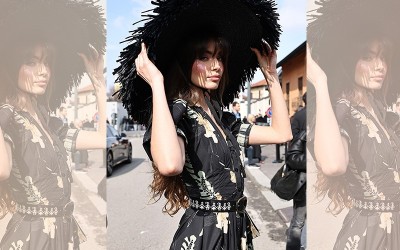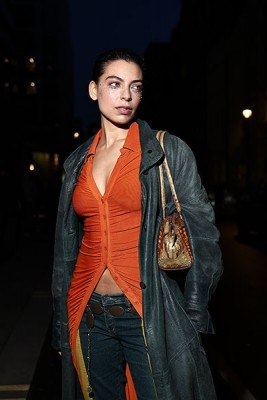
Kolkata hosts first solo show of Bangladeshi painter Ayesha Sultana
Rooted in process and the act of making, the exhibition will provide an insight into her ongoing investigation of drawing, of seeing space in continuum, of exploring gaps in visual memory and of looking at the periphery and what is overlooked in plain sight.
In a constantly evolving process, Sultana’s work cannot be identified as belonging to a single artistic tendency. She concurrently works in different mediums and techniques, but with a specific interest in the features of materials she uses in the act of making. This leads to other ways of looking and engaging, in the relevance of formal properties of various materials and the depth of meaning of the medium itself.
An attempt to make visible or to delve into what one can see, and simultaneously translating the visual information, is what engages Sultana. Through the primacy of drawing, this act of looking is to assimilate the experience of her surroundings and space. Space to Sultana seems relational, a field emerging as a result of matter and its parts, in the movement or weight of its fragments, not necessarily marked by a beginning or an end but a structure or a space that never ends – the periphery.
Born in Jessore, Bangladesh, in 1984, Ayesha Sultana received a BFA in Visual Arts (2007) and subsequently a Post-Graduate Diploma in Art Education (2008) at the Beaconhouse National University in Lahore. From 2007-2009 she taught as Lecturer at the School of Visual Arts and Design at Beaconhouse National University.
Recent group exhibitions include B/Desh, Dhaka Art Summit, curated by Deepak Ananth; Cross-Casting, Britto Space, Dhaka, curated by Mahbubur Rahman; Listen Up! New Delhi, curated by Diana Campbell-Betancourt &
Says the painter: "During the course of my fine arts studies in Pakistan, there was a distinct way of reading artwork in general deriving either from landscape or figuration. I presented my work in this context of the body or human figure in particular environments, recounting often personal, individual circumstance. Since then in the past few years, there has been a gradual shift in these preconceptions and of considering other ways of looking."
"The work has become process-oriented as an attempt to negotiate and translate notions of space, which is inseparably connected with perceptions of time. The recent works of drawing series’ and sound are not directly about architecture or the man-made environment but have implications of space, whether anonymous, real, tangible or psychological."
"Memory and erasure play an important role in the work. There has been ongoing interest in the surface of materials, in depth and flatness, of layering, fragmenting an image and making it whole again.The psychological implications of using sound as a way of ‘looking’ has steadily filtered into my practice; the disjunction of the in between, of what remains unseen is what I find interesting.
Support Our Journalism
We cannot do without you.. your contribution supports unbiased journalism
IBNS is not driven by any ism- not wokeism, not racism, not skewed secularism, not hyper right-wing or left liberal ideals, nor by any hardline religious beliefs or hyper nationalism. We want to serve you good old objective news, as they are. We do not judge or preach. We let people decide for themselves. We only try to present factual and well-sourced news.







